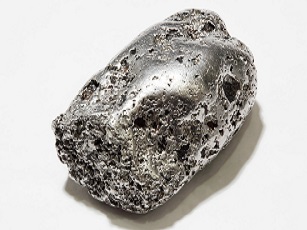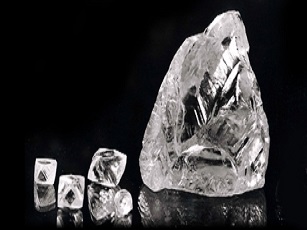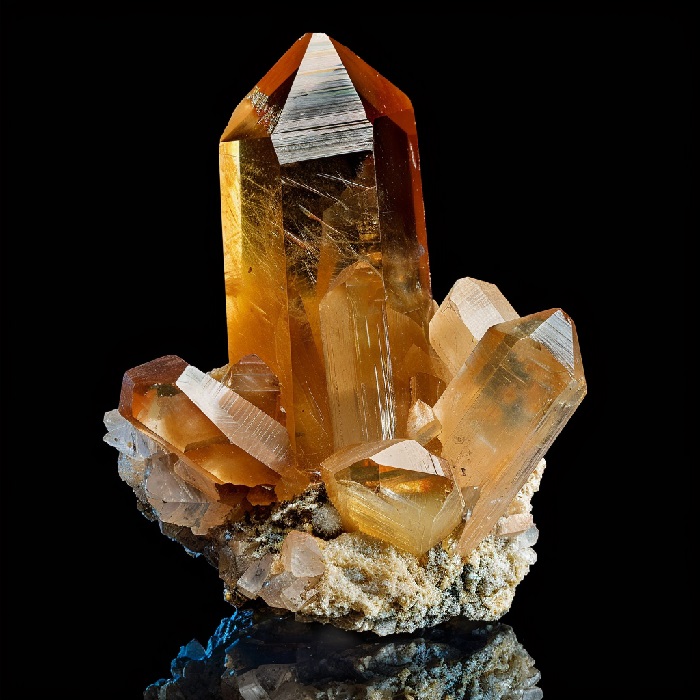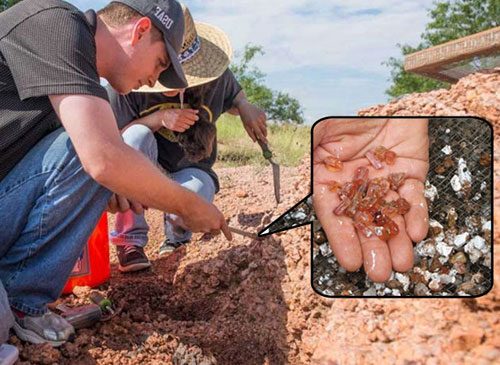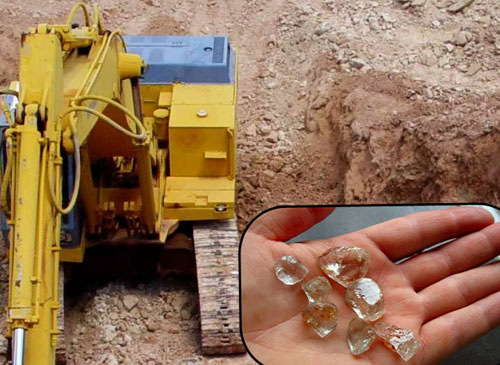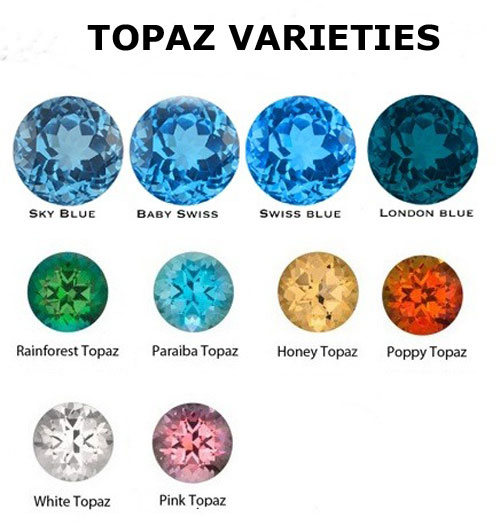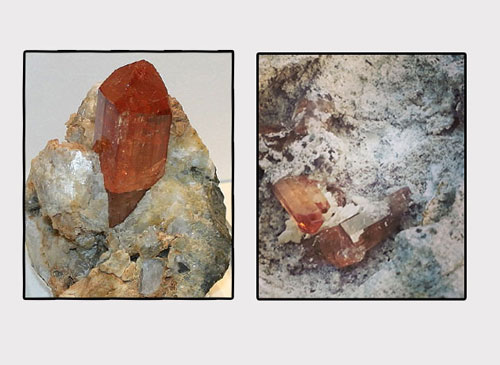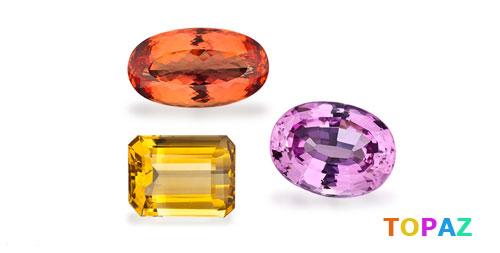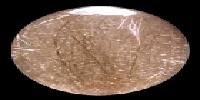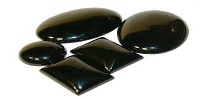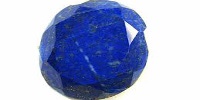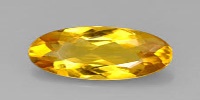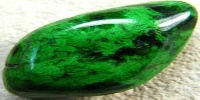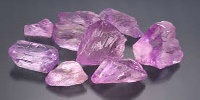TOPAZ MINING
TOPAZ:
Topaz is one of the most precious gems, symbolizing beauty and splendor. It is commonly found in yellow color, though sometimes it appears colorless. The color of this precious stone fades gradually when exposed to sunlight for extended periods. However, it is known that this gem, which is believed to be colorless and transparent, can be given color when other impurities are added to it. Topaz is widely used in jewelry and is mostly found in Russia, Afghanistan, Nigeria, and the United States.
There are various varieties of this precious stone known by different names such as Orange, Imperial, Blue, and Mystic. Historically, this stone was mined on an island called TOPAZOS in the Red Sea. The word "Topaz" in Sanskrit means fire. Mystic Topaz is artificially enhanced with rainbow colors, giving it a striking appearance among gemstones. This gemstone was traditionally used in jewelry and is also known as Imperial Topaz. Compared to other gems, Topaz is hard, but care should be taken to protect it from violent blows.
There are numerous myths and stories associated with this gemstone. Egyptians believed it protected against injury, Greeks thought it bestowed strength, and Romans believed it improved eyesight.
Topaz was highly prized in medieval times, adorning the jewelry of great kings and queens. It was considered exceptionally valuable and possessed only by the rich and aristocratic. However, with large-scale mining in Brazil, this gem became accessible to broader sections of society.
Legend has it that a stone adorning the crown of a Portuguese king was initially mistaken for a diamond but later identified as colorless Topaz. Laboratory tests have shown that this gem emits high levels of radiation, which can potentially harm the wearer. It is advisable to conduct a radiation test before wearing this precious stone.
In Hindu mythology, Topaz is considered sacred, believed to enhance intelligence and prolong life. It is also believed to relieve thirst.
Topaz is highly transparent, enhancing the visibility of its colors and creating a majestic appearance when crafted into beautiful jewelry. Its versatility allows for a variety of designs in jewelry such as necklaces, bracelets, and rings. Cleaning jewelry with Topaz is straightforward, using soap and a soft cloth.
Topaz, known as the provider of wisdom and knowledge, holds significant historical and aesthetic value. It occupies a prominent place in the world of fashion.
TOPAZ MINING PROCESS:
The process of topaz mining involves several stages, from prospecting and exploration to extraction and final processing. Here is a detailed overview of the typical steps involved in the topaz mining process:
- Prospecting and Exploration:
- Mining Site Preparation:
- Drilling:
- Mining Operation:
- Extraction:
- Crushing and Sorting:
Geologists conduct surveys and explorations to identify potential areas with topaz deposits. Various geological techniques, including mapping, sampling, and remote sensing, may be used to locate potential topaz-bearing rocks.
Once a promising site is identified, the next step is to prepare the mining site. This involves clearing vegetation, removing topsoil, and addressing any other surface materials covering the topaz-bearing rocks.
Drill holes are made into the earth to collect core samples from potential topaz-bearing rocks. These samples are analyzed to determine the quality and quantity of topaz in the area.
Topaz is commonly mined using open-pit mining methods, where large equipment is used to remove overburden (soil, rocks, and other materials) to expose the topaz-bearing rocks. In some cases, underground mining may be employed if the topaz deposits are located at significant depths.
Explosives may be used to break apart the rocks and extract the topaz-bearing material. The extracted material is then transported to the processing plant for further treatment.
The extracted rocks are crushed into smaller pieces to facilitate the separation of topaz from other minerals. Various screening and sorting processes are employed to separate topaz crystals from the crushed material.
- Washing and Cleaning:
- Gemstone Recovery:
- Cutting and Shaping:
- Quality Assessment:
- Optional Treatment:
- Distribution and Marketing:
The topaz-bearing material is washed to remove impurities, and additional cleaning processes may be employed to enhance the quality of the extracted topaz.
Gem-quality topaz crystals are recovered from the processed material. The recovered topaz crystals may be in the form of rough, uncut gemstones.
Gem cutters, or lapidaries, shape and facet the rough topaz gemstones to enhance their beauty and brilliance. The cutting process involves precise techniques to create finished gemstones.
The finished gemstones are assessed for quality based on factors such as color, clarity, cut, and carat weight.
Some topaz gemstones may undergo treatments to enhance or alter their color. Common treatments include irradiation and heat treatment.
The finished and processed topaz gemstones are distributed to wholesalers, retailers, and jewelry manufacturers, and they are made available to consumers through various channels.
VARIETIES OF TOPAZ:
Topaz is a silicate mineral that comes in a variety of colors, each with its own specific name. The most commonly recognized color for topaz is golden yellow to amber, but it can also be found in shades of blue, pink, red, green, and more. Here are some varieties of topaz based on their colors:
Imperial Topaz:
Imperial topaz is the most valuable and sought-after variety of topaz. It exhibits colors ranging from pink to orange, sometimes with hints of peach or pinkish-orange.
Blue Topaz:
Blue topaz is one of the most popular varieties. It ranges from pale sky blue to deep Swiss blue. Blue topaz is often produced by irradiating and then heat-treating colorless or pale yellow crystals.
1.Sky Blue Topaz: A pale blue variety.
2.Swiss Blue Topaz: A vibrant medium to dark blue variety.
3.London Blue Topaz: A deep, grayish-blue to greenish-blue variety.
White Topaz:
Also known as colorless topaz, white topaz is a transparent or translucent variety that lacks the impurities giving other topaz colors. It is often used as a diamond substitute in jewelry.
Pink Topaz:
Pink topaz ranges from a delicate pink to a vivid reddish-pink. Natural pink topaz is relatively rare, and some pink topaz on the market may be heat-treated yellow or brownish material.
Sherry Topaz:
Sherry topaz has a warm reddish-brown to brownish-orange color, named after the hue of sherry wine.
Mystic Topaz:
Mystic topaz is colorless topaz artificially coated to create a rainbow effect, giving it a multicolored appearance.
Champagne Topaz:
Champagne topaz is a light to medium brownish-yellow or brownish-orange variety.
PHYSICAL PROPERTIES:
Color:
The color of topaz is a crucial consideration when acquiring it. Topaz is available in a variety of colors. Sometimes these colors occur naturally, while in other instances, the color is caused by impurities. Topaz containing chromium, a contaminant, when heated to about 4500°F, produces unique shades of red, orange, and sometimes violet. These colors are best examined under appropriate lighting conditions.
Clarity:
This translucent and clear gemstone exhibits a vitreous luster, so it generally has good clarity. Occasionally, some topaz crystals may contain inclusions resembling tear-shaped craters. Red-colored topaz tends to have less clarity compared to other colors.
Cut:
The cut of the stone is also highly important. Topaz has perfect basal cleavage, making it relatively easy to cut. It is often cut into elongated shapes such as emerald cuts, elongated ovals, cushion cuts, and pear shapes. The pear shape with excessively slender shoulders is ideal for retaining the gemstone's weight.
WORLDWIDE TOPAZ MINING:
Topaz is mined in various locations around the world, and different regions are known for producing topaz of specific colors and qualities. Here are some notable worldwide locations for topaz mining:
Brazil
Brazil is a significant producer of topaz, including the popular imperial topaz. Minas Gerais is a state known for its topaz mines, with Ouro Preto being a notable mining area.
United States
Topaz is found in several U.S. states, including Texas, Utah, Colorado, and California. Topaz Mountain in Utah, in particular, is known for producing clear and sherry-colored topaz.
Pakistan
Pakistan is known for producing topaz, often in association with other gemstones. The Katlang and Shigar valleys are recognized for topaz deposits.
United States
Topaz is found in several U.S. states, including Texas, Utah, Colorado, and California. The Topaz Mountain in Utah, in particular, is known for producing clear and sherry-colored topaz.
Russia
Russia, particularly the Ural Mountains region, has topaz deposits. Topaz from this region is known for its unique color and crystal formations.
Mexico
Mexico is another notable source of topaz. The country's topaz mines produce various colors, including blue, pink, and yellow.
Nigeria
Nigeria has topaz deposits, and the gemstone is mined in locations such as the Jos Plateau.
Namibia
Namibia is known for producing colorless and blue topaz. The Klein Spitzkoppe area is recognized for its topaz deposits.
Sri Lanka
Sri Lanka has been a historical source of topaz, often found in gem-bearing gravels.
Australia
Topaz deposits are found in various regions of Australia, including New South Wales and Queensland.
Myanmar (Burma)
Myanmar has topaz deposits, and the gemstone is found in some of the country's gem-bearing areas.
Nepal
Topaz is found in Nepal, and it is one of the gemstones mined in the country.
USES OF TOPAZ MINING:
The primary uses of topaz mining revolve around the extraction and utilization of topaz gemstones for various purposes. Here are the main uses of topaz mining:
Gemstone Production: The primary use of topaz mining is to produce gem-quality topaz for use in jewelry and ornamental items. Topaz gemstones come in a range of colors, including blue, yellow, pink, and brown, making them popular choices for gemstone jewelry.
Jewelry Manufacturing: Mined topaz is processed and cut into gemstones suitable for use in jewelry. Jewelers use topaz to create rings, earrings, necklaces, bracelets, and other pieces of jewelry.
Collector's Items:
High-quality and rare topaz specimens are valued by gemstone collectors. Collectors seek unique topaz crystals based on factors such as color, clarity, size, and overall quality.
Metaphysical and Spiritual Uses: Topaz is associated with various metaphysical and spiritual properties. Some believe it possesses calming and protective qualities. Individuals may use topaz crystals for meditation, spiritual practices, or as part of holistic healing.
Birthstone Jewelry: Blue topaz is recognized as the birthstone for the month of December. Jewelry featuring blue topaz is often worn as a birthstone and can be part of special occasion gifts.
Decorative Items: Large or uniquely shaped topaz crystals and specimens may be used as decorative items in homes, offices, and public spaces. These specimens can be showcased for their aesthetic appeal and geological interest.
Industrial Applications: While less common, synthetic topaz produced through industrial processes may find applications in electronics and scientific instruments.
Related Mining

